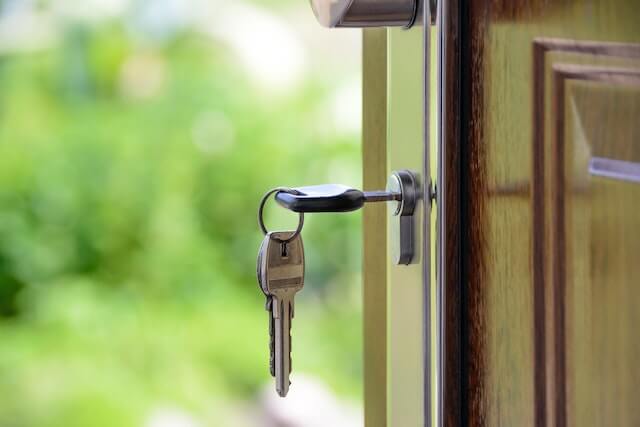What is rent-to-own?
Renting a condo or a house with the possibility of eventually owning it is an option for potential first-time homebuyers. Particularly, those who are not eligible for a traditional mortgage or do not have enough funds to meet the down payment requirements.
Under a rent-to-own agreement, the tenant signs a lease that stipulates the possibility — not necessarily the obligation — of buying the home at the end of the lease contract. Part of the rental payments go toward the purchase of the rental home. This is called a rental credit. At the end of the contract, which is generally one to three years in length, the tenant can use their rent credit to purchase the home. If they decide not to purchase, the tenant will forfeit the rent credit.
There are two kinds of rent-to-own agreements:
- Pre-occupancy (or lease-purchase)
- Leasing with the option to purchase
Pre-occupancy
Also called a lease-purchase, this agreement means that the tenant signed a promise to purchase and must buy the home at the end of the term. If, for whatever reason, the tenant cannot purchase the home, they could be subject to paying a penalty.
Option to purchase
The tenant signs an agreement stating that they have the option, but not the obligation, to purchase the home at the end of the rental term.
How rent-to-own works
Rental payments
Once the agreement has been confirmed, the tenant will make regular monthly payments over a predetermined period (generally one to three years). Here is where rent-to-own differs from straight rent: the rental payments are divided into two parts, with a larger proportion going to the rental fee and a smaller portion to the down payment. The split is normally 75%–25%.
Option deposit
Similar to purchasing a home straight-up, the tenant will be asked to pay an option deposit, also called an option consideration. This is a non-refundable (but negotiable) deposit which is usually 2%–5% of the home’s final asking price.
The option deposit is a separate contract that gives the tenant the right, but not the obligation, to buy the home at the end of the rental period. If the tenant does not wish to pay for the option deposit, the landlord may still allow them to rent the property, but the tenant will not have the right to purchase it at the end of their lease.
Depending on the contract, the full sum or part of the option deposit may be applied to the down payment.
Purchasing the home
Once the lease is over, if the tenant still wishes to (or is obligated to) buy the house, they will need to qualify for a regular mortgage insured by the Canadian Mortgage and Housing Corporation. If the tenant’s agreement to purchase the home is optional and they don’t like the house or have any other reason not to buy it when their rental term ends, they can walk away from the deal.
The final price of the home is determined by the terms of the rental contract. Some contracts lock in the price before the tenant moves in, while other contracts stipulate that the price will be determined at the end of the lease term according to the home’s appraised market value.
Rent-to-own example
Here’s an example of how rent-to-own works, based on a three-year contract:
Example
The tenant agrees to pay $1,200/month, with an additional $600/month applied to the down payment. The home in question is a condo with a locked-in price of $380,000.
- The option deposit is $7,600 (2% of the sale price).
- The remaining mortgage at the end of the rental term is $370,400 ($380,000-$7,600).
- The monthly rent is $1,800.
- The monthly portion applied to the down payment is $600. This comes to $21,600 over the term of the lease ($600 x 36 months).
- The amount remaining on the mortgage is $348,800 ($370,400-$21,600).
In this example, the tenant will have paid off about 8% of the mortgage, including the option deposit ($32,200). All told, the tenant will have invested $72,400 in the property over the three years.


